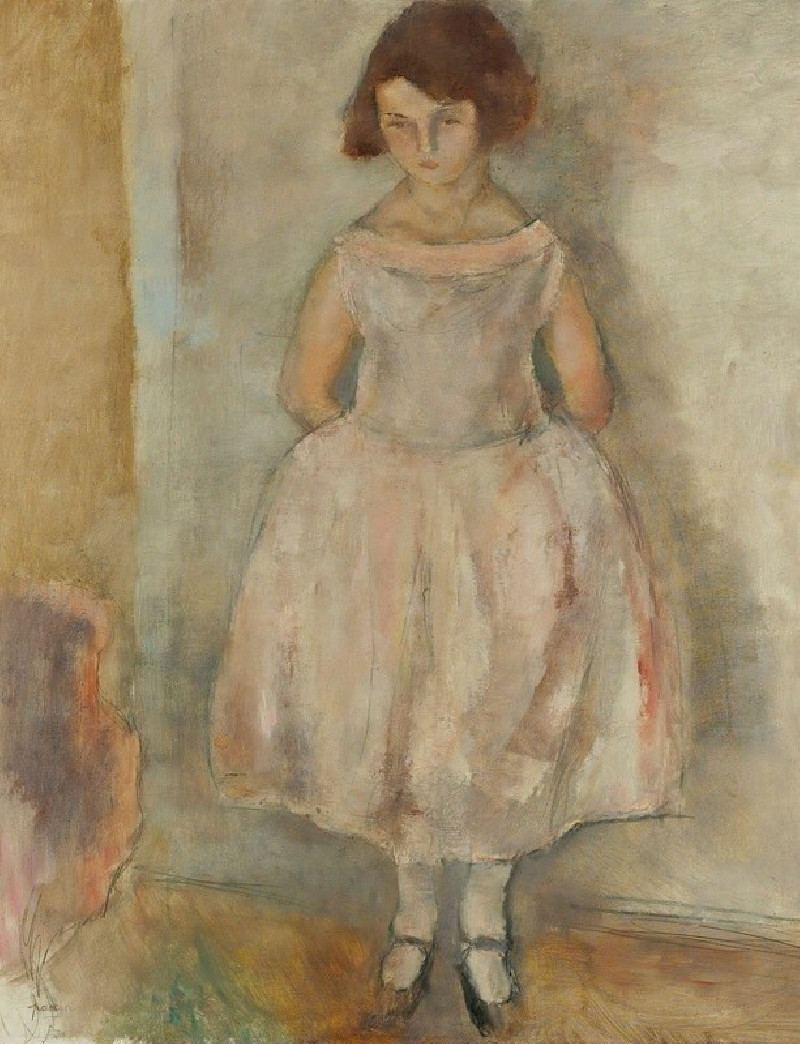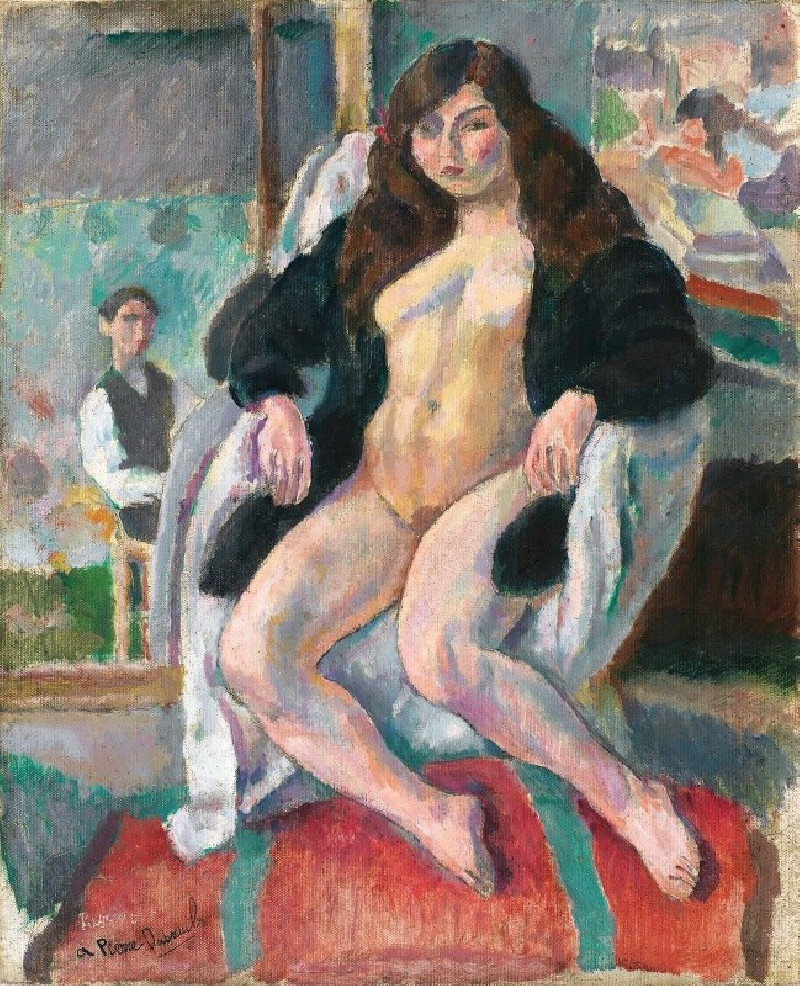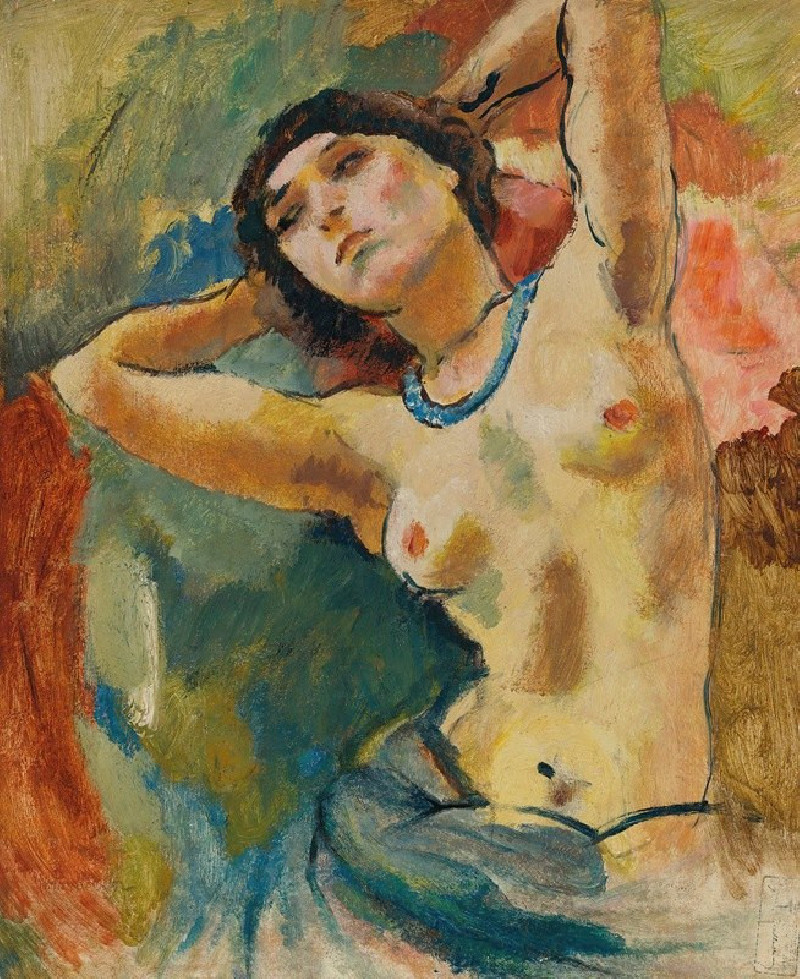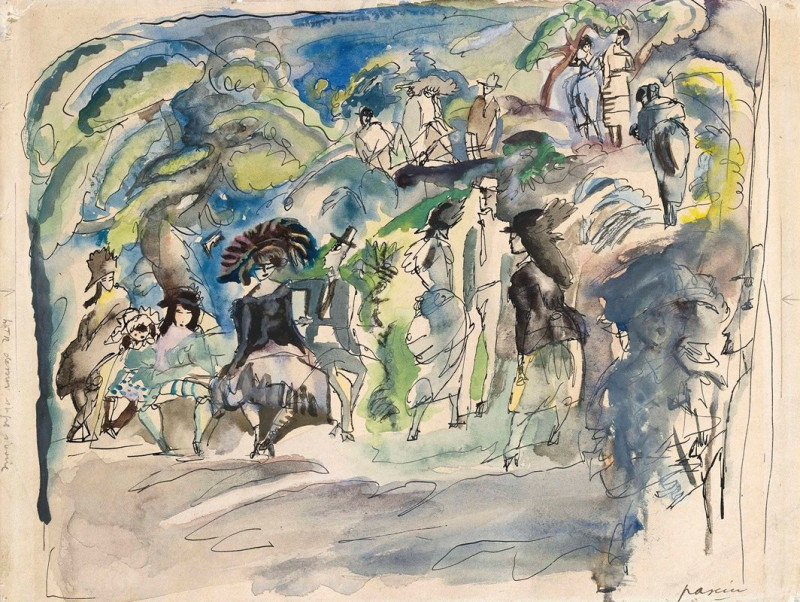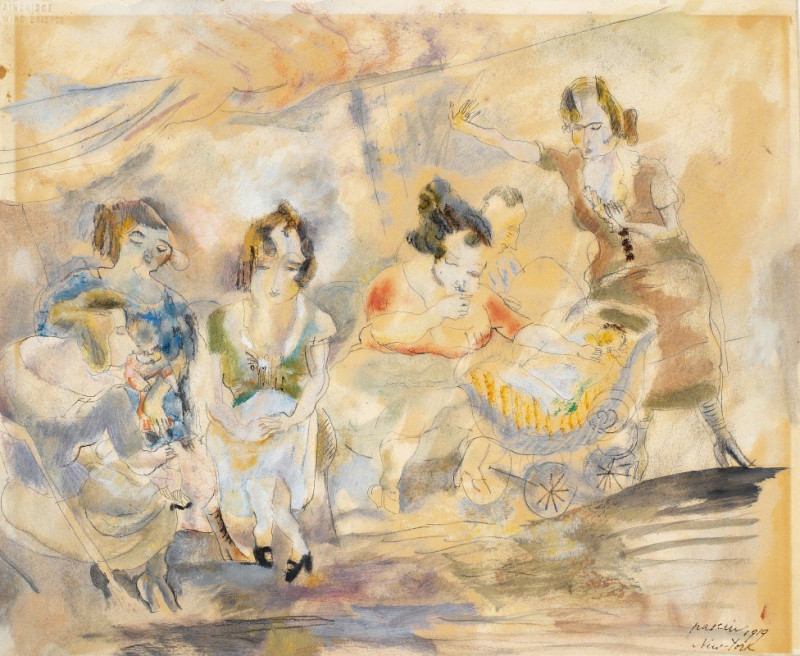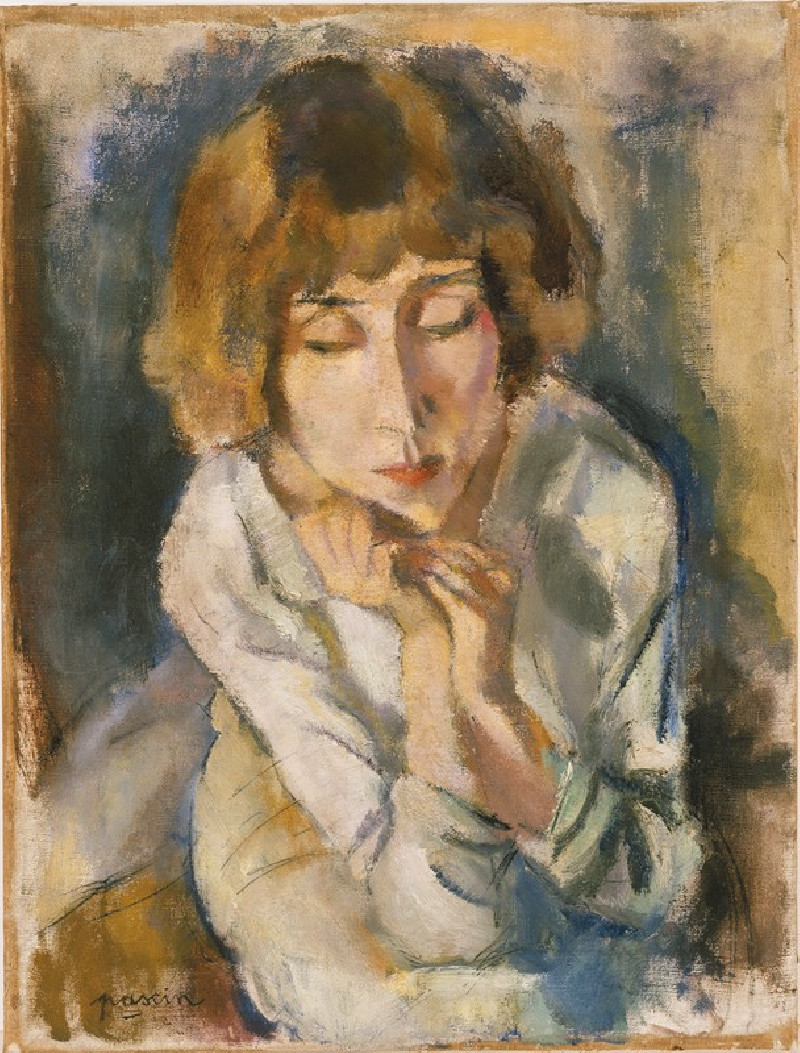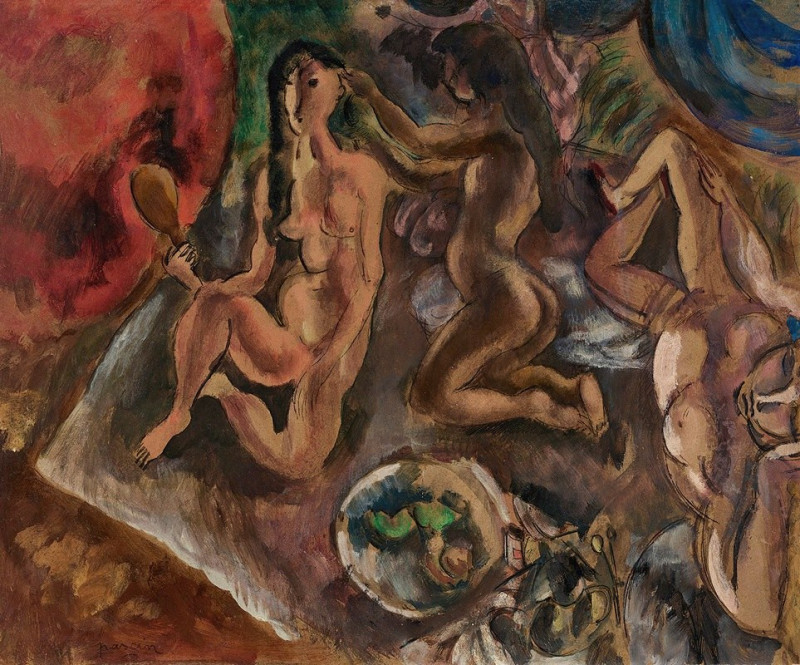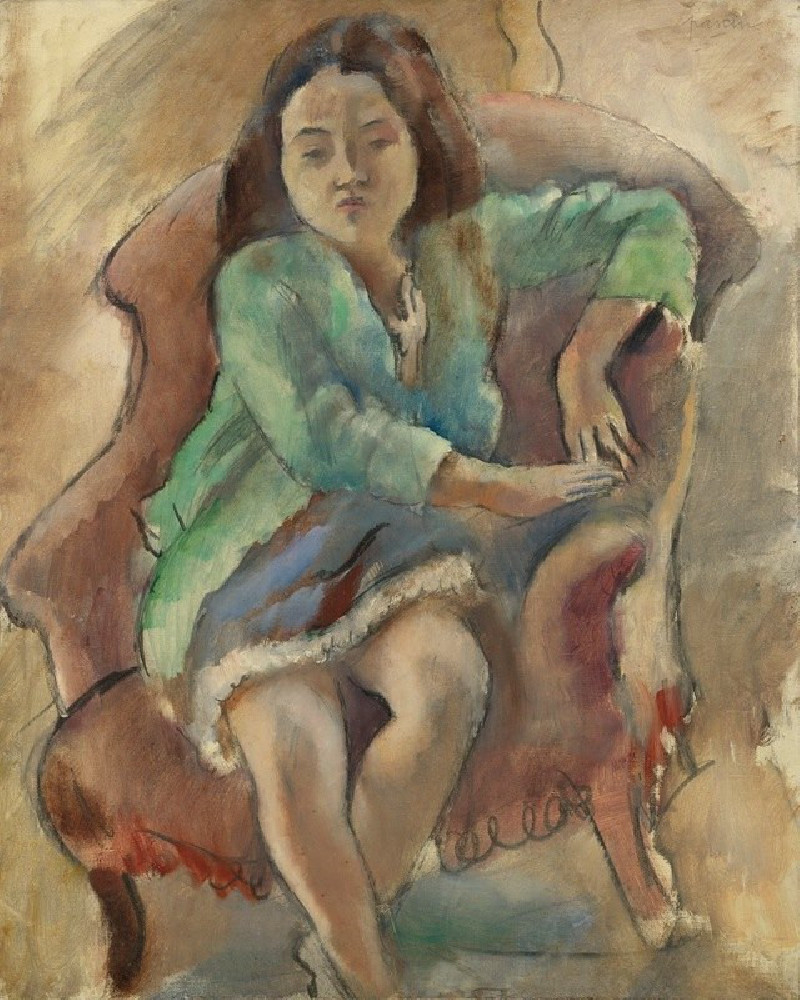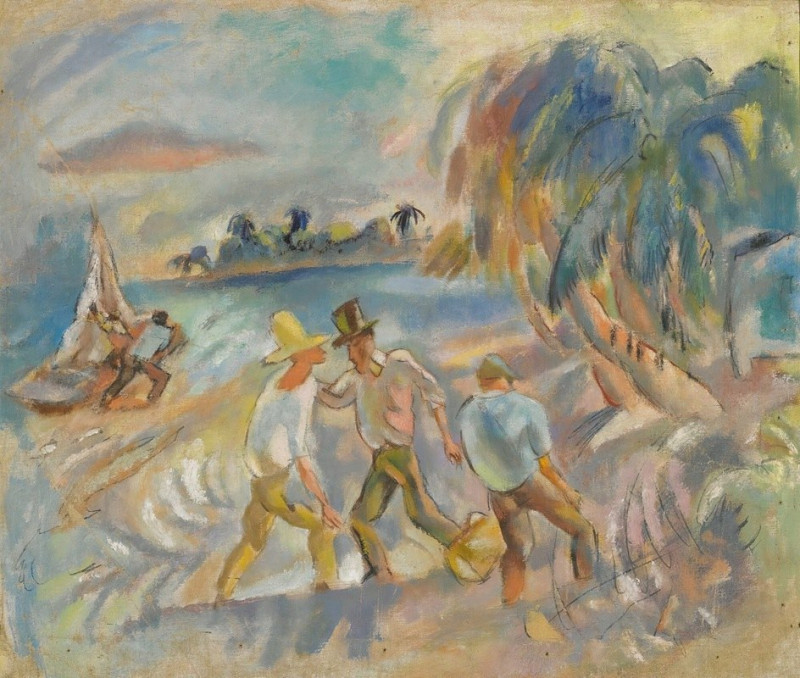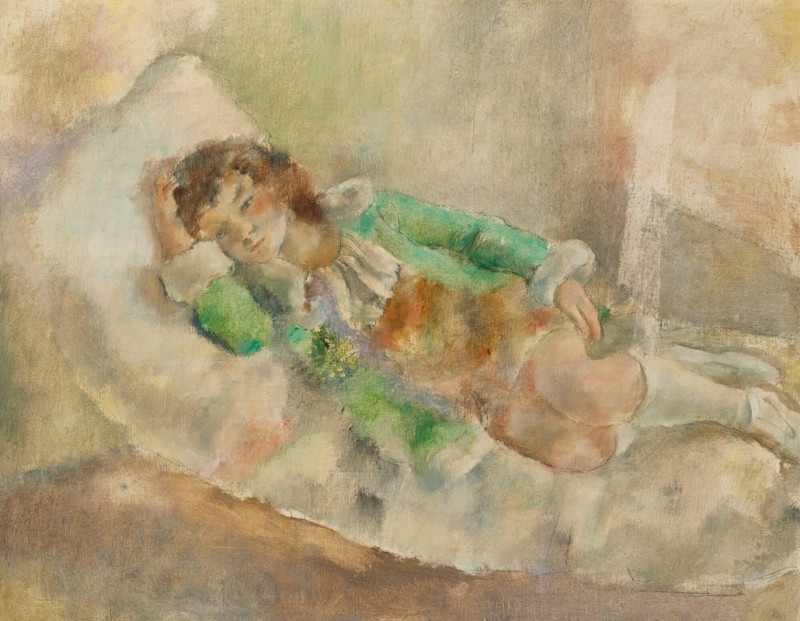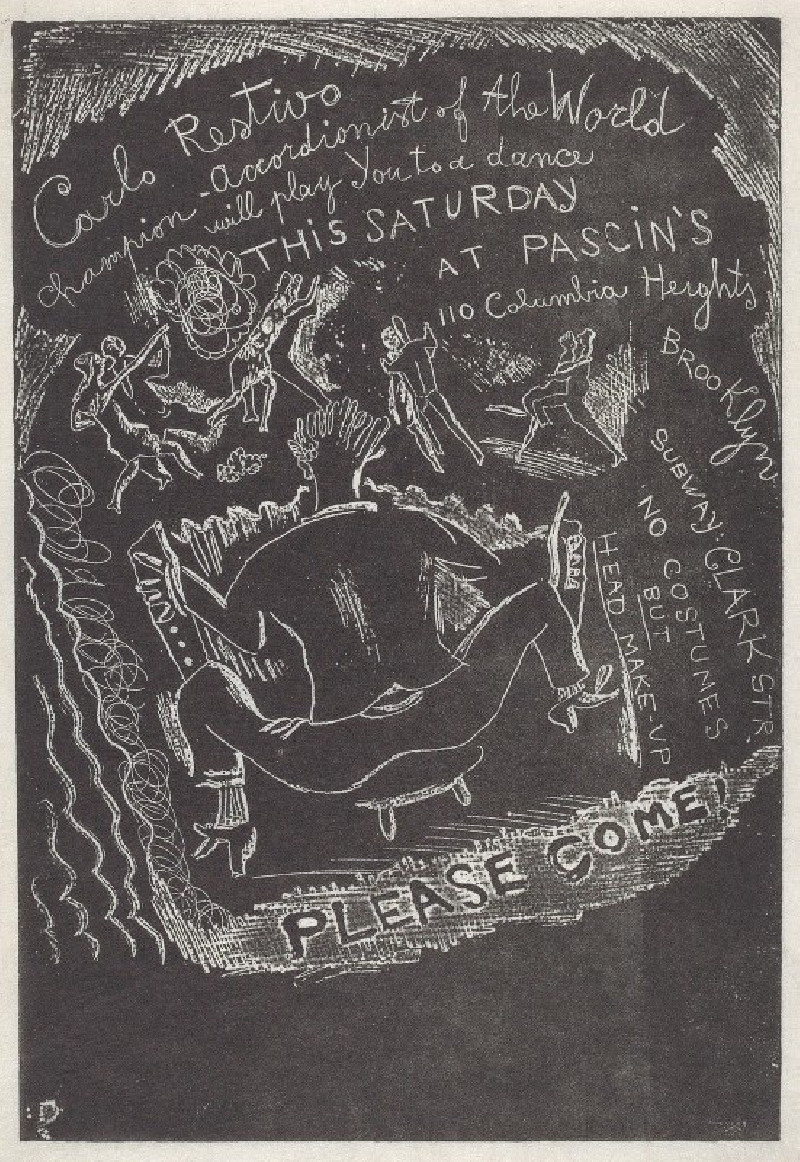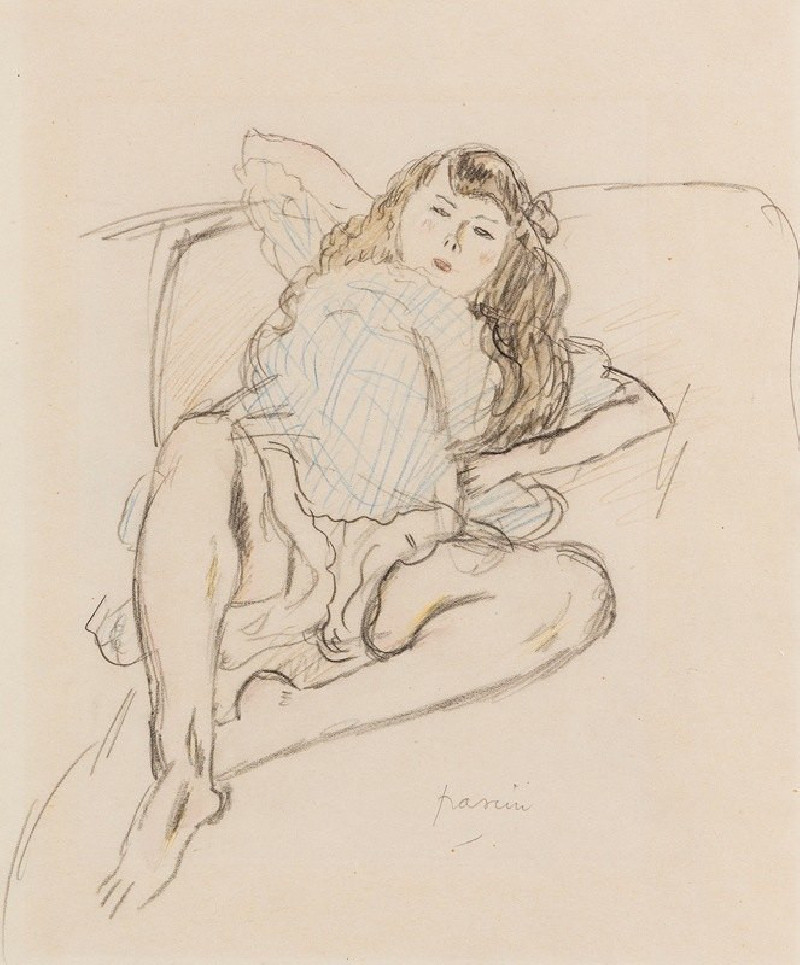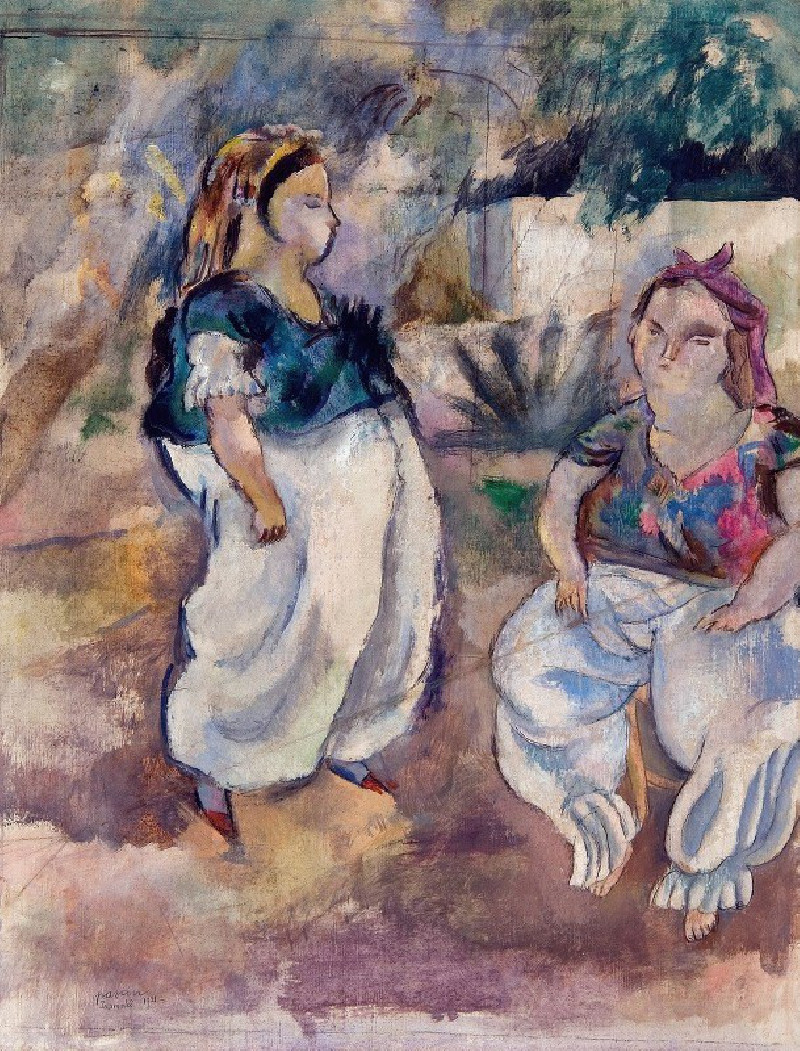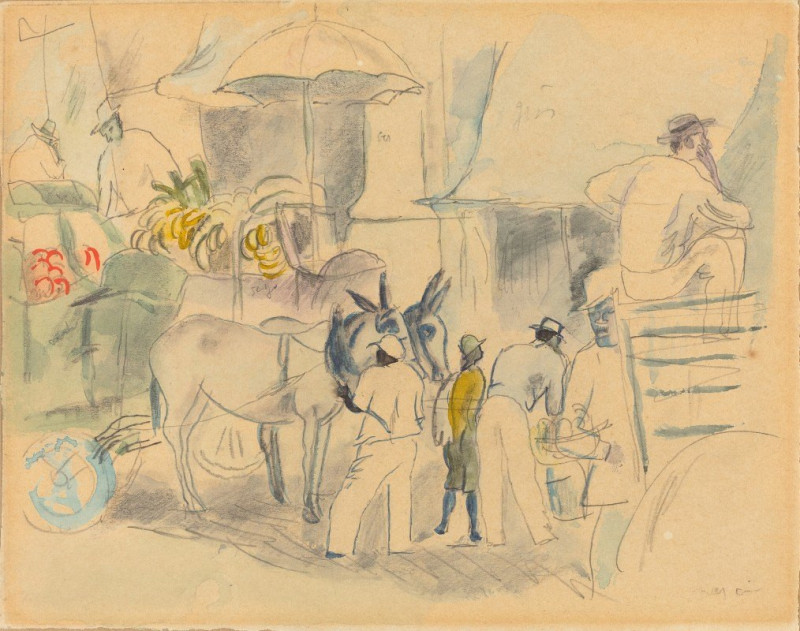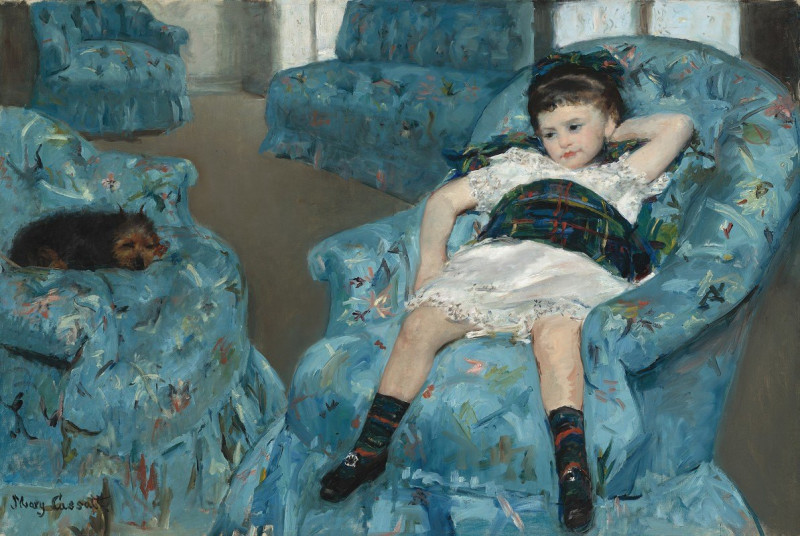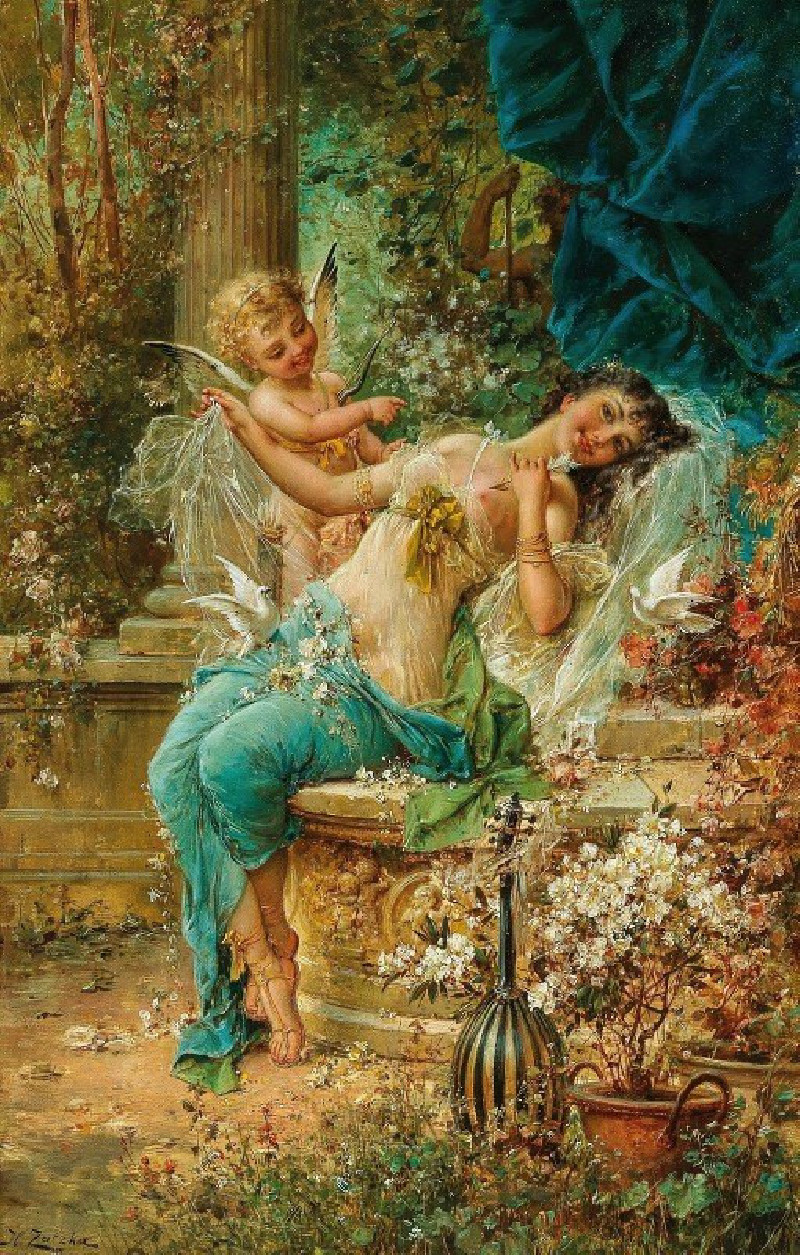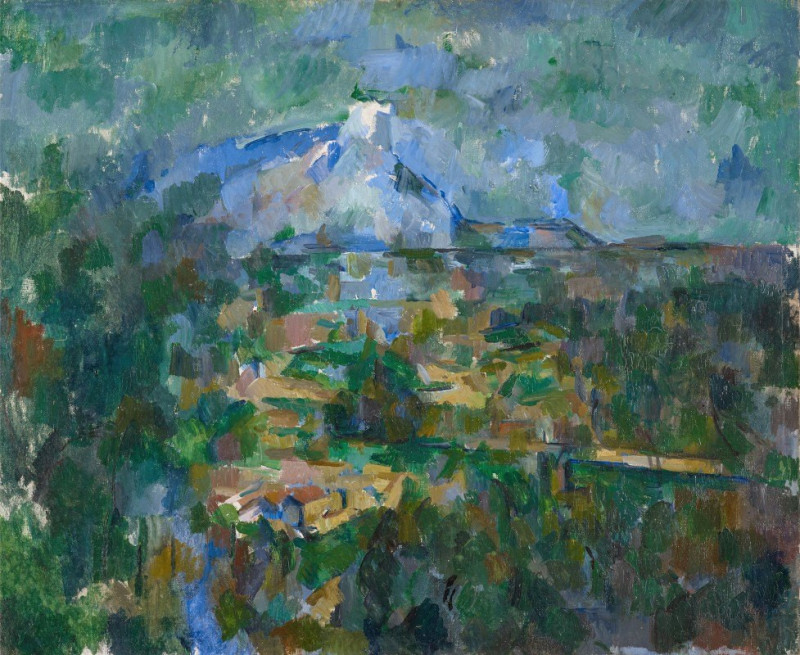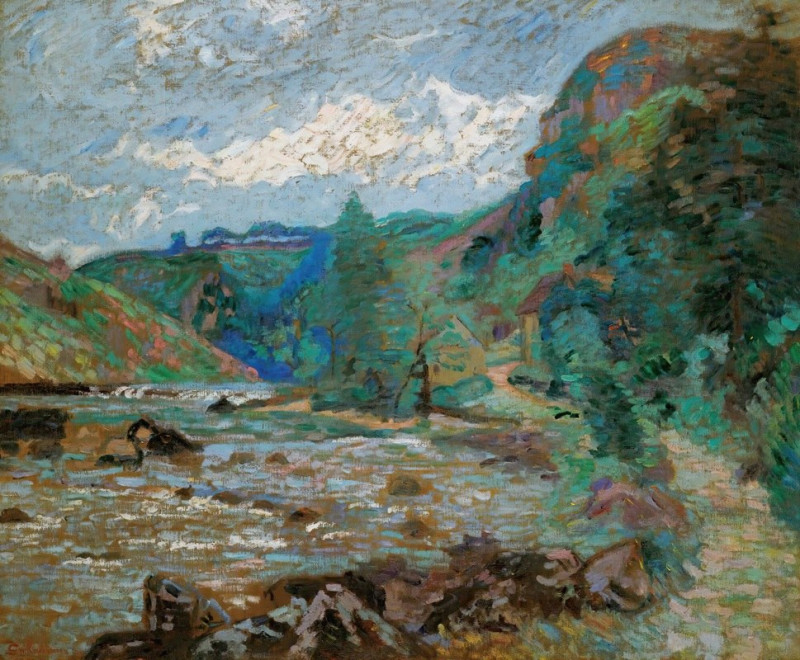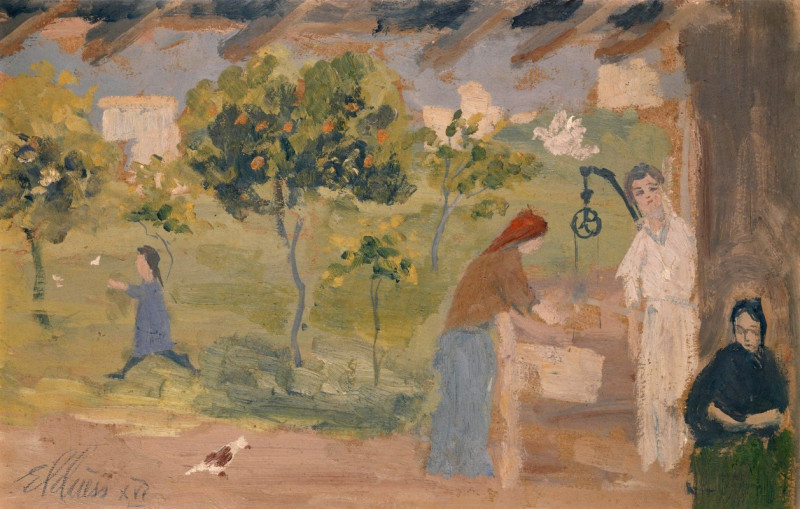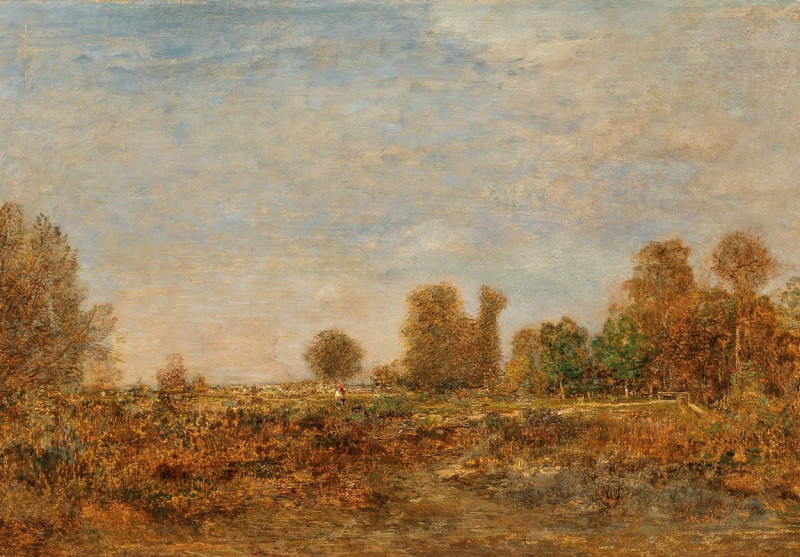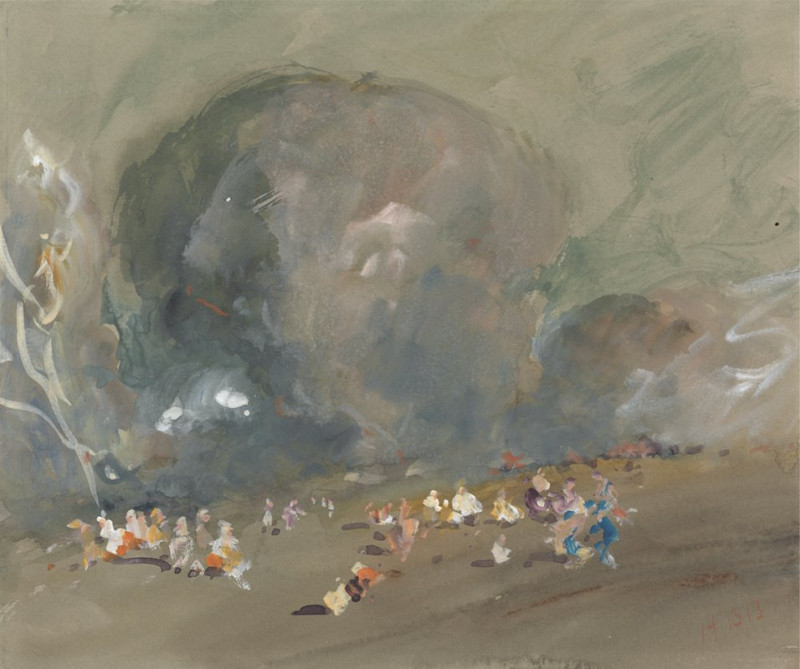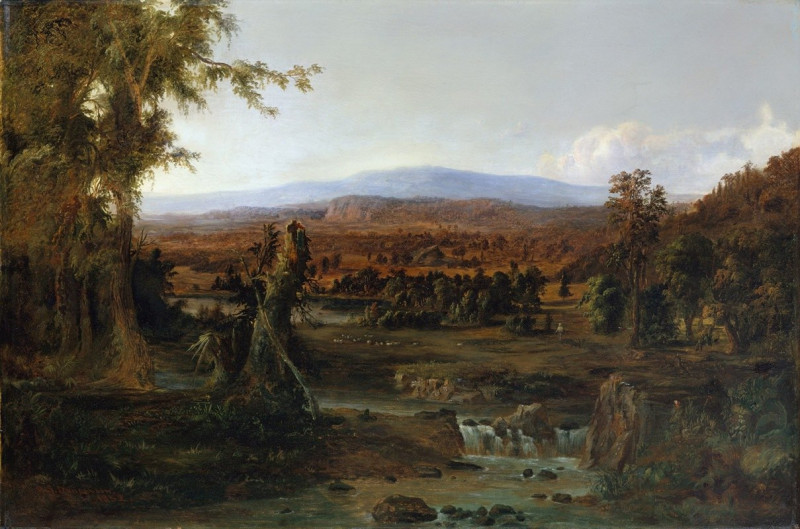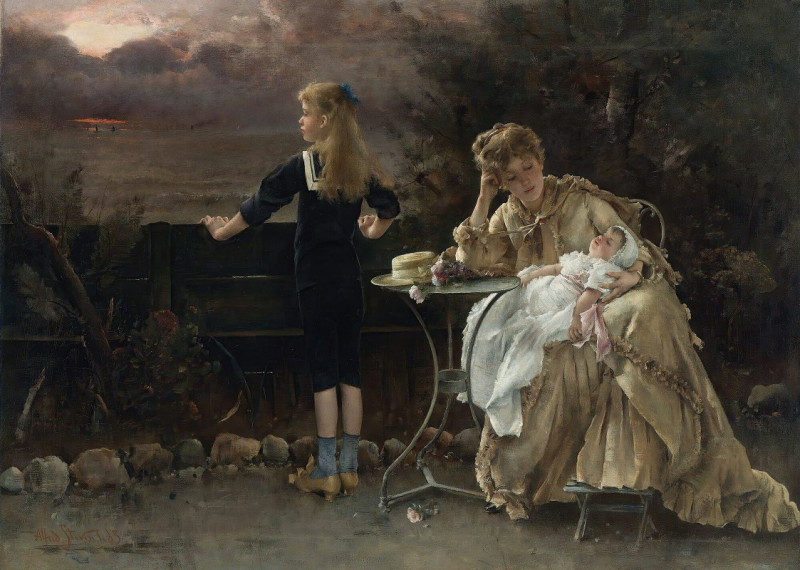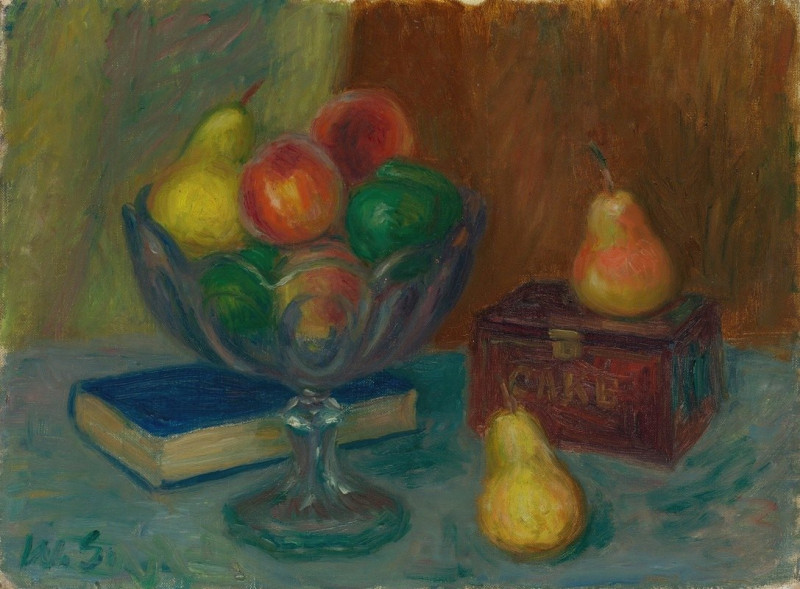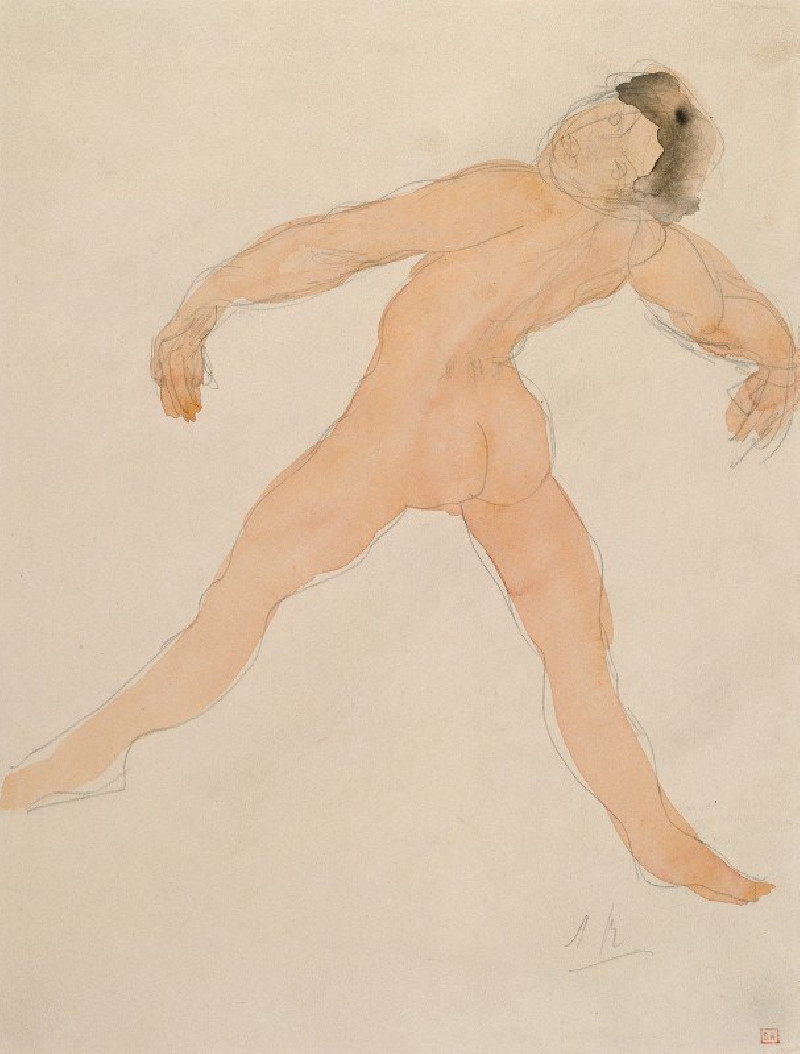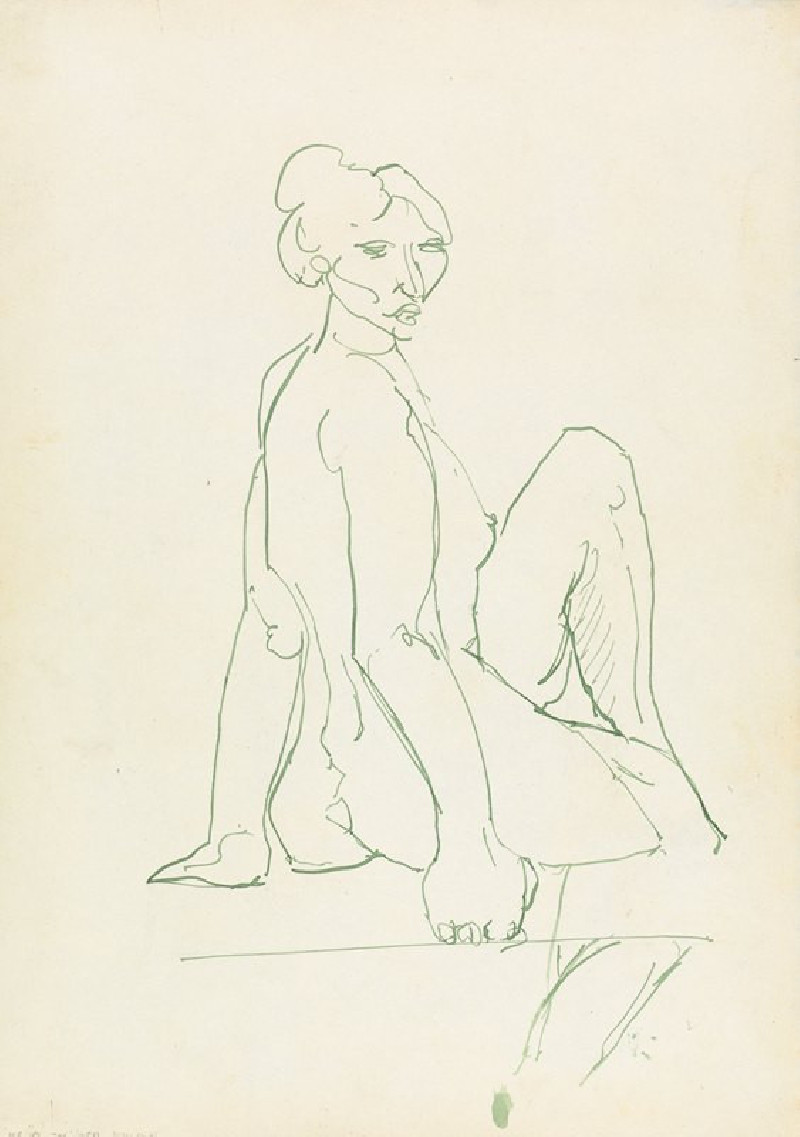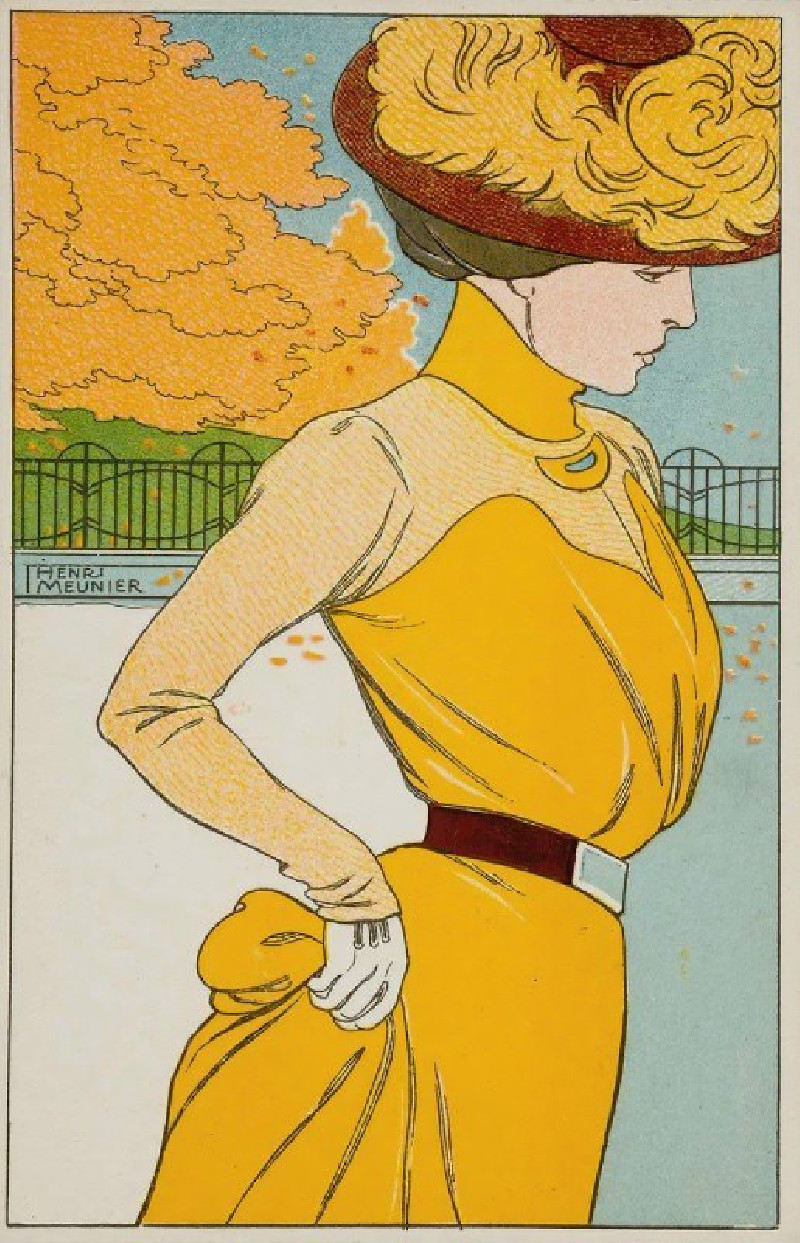Hermine David Devant La Table (1918)
Technique: Giclée quality print
Recommended by our customers
More about this artwork
Explore Jules Pascin's intimate portrayal of Hermine David in "Hermine David Devant La Table," a delicate and evocative work from 1918. In this painting, Pascin captures the essence of a quiet, thoughtful moment as Hermine David, an artist in her own right and Pascin’s companion, engages deeply with her art.The composition focuses on Hermine seated at a table, her attention absorbed by the work before her. She is depicted with gentle, soft brush strokes that convey a sense of calm concentration and tranquility. The colors in the painting are muted, with earthy tones and soft grays that suggest a peaceful, indoor environment.Hermine's surroundings are only lightly defined, emphasizing her as the central subject of the work. Objects around her blur into the background, possibly indicating other artistic tools or everyday items, further anchoring her in the setting of an artist's workspace.This painting not only reflects the personal connection between the artist and his model but also showcases Pascin's skill in capturing the fleeting nuances of human expression and his mastery of color and form.
Delivery
Returns
Nudes, street scenes and landscapes of women and tropical locations by Bulgarian-born American painter Jules Pascin (1885-1930). Born to an affluent family, Pascin was educated in Austria and Germany before moving to Paris in 1905. It was there that he became associated with the Modernist movement. He attached himself to the human condition and was known for painting portraits of nude and half-dressed women. He stands in the grand tradition of the romantic, bohemian artist.


